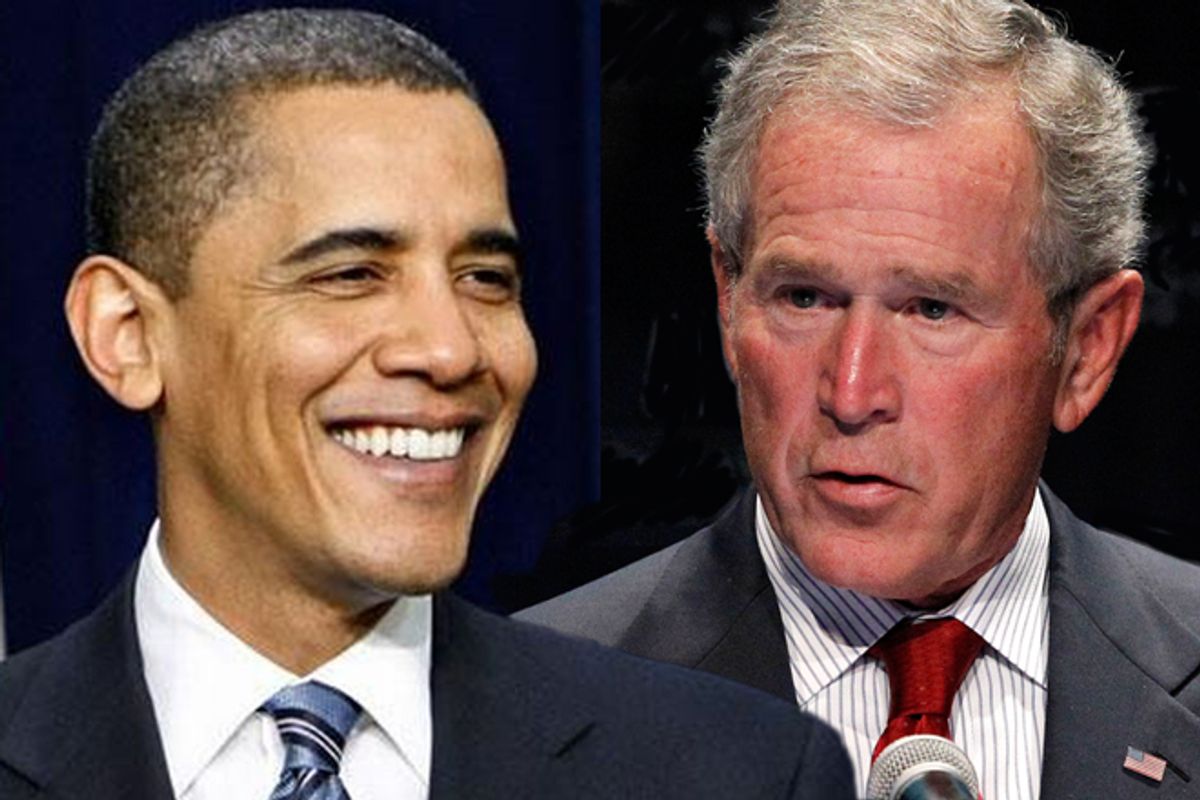Compared to the rest of the world, the U.S isn't so bad after all, economically speaking. So says the "Brookings Institution-Financial Times tracking index." Yes, economic growth in the U.S. is sluggish and uninspiring, but you should see the other guys! -- "The US is the brightest spot in the world economy, as another global recession threatens."
It's not just the European Union, stumbling and bumbling through its high-profile sovereign debt crisis, that is lagging. The so-called "BRICs" -- Brazil, Russia, India and China -- are also hitting major speed bumps.
How times change! It is instructive to jump back 10 years and recall how well the BRICs did during the last lackluster U.S. economic recovery. From 2002-2006, in the United States, George Bush oversaw what, at that point, was the weakest economic recovery in the post-WWII era. Job creation limped along at an average of 102,000 a month and annual economic growth averaged 2.7 percent. And this performance, supposedly goosed along by huge tax cuts, came after a very mild recession.
During that same period, the BRICs exploded. In 2006, China's annual GDP growth hit an absolutely scalding 12.7 percent. India's GDP growth rose from 3.9 percent in 2002 to 9.3 percent in 1006. Brazil rose from 1.1 percent in 2003 to 4.0 percent in 2006. The Russian Federation grew at a rate of 8.2 percent in 2006.
Over the next four weeks, we are certain to hear Mitt Romney reiterate his complaints about economic growth during Obama's first term. But a little context is always useful. Obama, who arrived in office with the economy shedding 800,000 jobs a month, has steered the country to a position where it is performing better than any other major developed nation, even as some of the world's biggest superstars of the last 10 years have slammed on the brakes. But during his first term, Bush barely got the U.S. moving beyond a slow trudge, even as the rest of the world exploded off the starter's block.



Shares